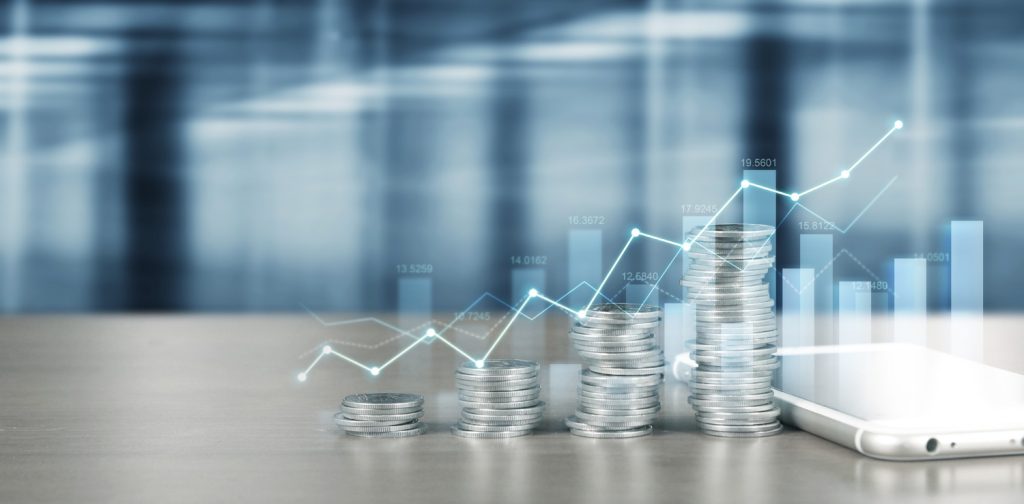Trends Shaping the Debt Collection Software Market in 2025
Debt collection software has come a long way since its early beginnings in the 2000s, driven by advancements in computer technology and automation. By the 2010s, regulatory demands and a growing focus on customer-centric solutions made these tools essential for businesses. Today, debt collection software has become a cornerstone of modern financial operations, integrating AI-powered solutions to streamline processes and improve outcomes.
As we look to 2025, the market is poised for transformative growth, underpinned by innovation and expanding adoption across industries. Let’s explore the key trends that are set to redefine the debt collection software landscape in the coming year.
Key Takeaways:
- The debt collection software market is expected to reach USD 5.89 billion by 2025.
- AI-powered tools and seamless integrations with fintech platforms will drive efficiency and customer satisfaction.
- Growing adoption by financial institutions and businesses worldwide is reshaping industry practices.
- The Asia-Pacific region is emerging as a significant growth hub for debt collection software.

Market Overview: 2024 and Beyond
The global debt collection software market has shown consistent growth. In 2024, its value reached USD 4.88 billion, with projections estimating it will hit USD 5.89 billion in 2025 and USD 7.96 billion by 2030 (Future Market Insights, Mordor Intelligence, and Industry ARC). These figures highlight the accelerating demand for tools that enhance financial efficiency, reduce costs, and foster stronger customer relationships.
Four Key Trends for 2025
1. Adoption of Debt Collection Software as an Industry Standard
In 2023, a TransUnion survey revealed that only 11% of debt collection companies were leveraging AI-powered solutions, although 60% were in the process of adopting such technologies. By 2025, this figure is expected to rise significantly as businesses realise the efficiency gains and customer satisfaction improvements these tools offer.
Moreover, customer preferences are driving this shift. AI-driven software offers a more empathetic and personalised approach, improving customer experiences while optimising collections.
2. Boosting Financial Institutions with Advanced Tools
Banks and non-banking financial companies (NBFCs) are increasingly relying on debt collection software to mitigate risks and improve profits. These tools help institutions:
- Identify high-risk borrowers
- Automate repayment tracking
- Reduce non-performing assets (NPAs)
In 2025, more financial institutions are expected to adopt similar technologies, driven by a need for efficiency and the rising influence of AI in financial operations.
3. Integration with Financial Ecosystems
Seamless integration with financial ecosystems will become a defining feature of debt collection software in 2025. Tools that connect with accounting systems, payment gateways, and customer relationship management (CRM) platforms enable businesses to:
- Reduce manual errors
- Automate data synchronisation
- Offer personalised debtor experiences
The widespread adoption of modern API frameworks has made integrations more efficient than ever. These APIs facilitate real-time data sharing, enabling missed payments to trigger immediate updates across platforms. This ensures financial records are accurate and actionable insights are generated instantly, empowering businesses to enhance both agility and scalability in their operations. As businesses adopt AI and predictive analytics, APIs serve as the crucial connectors in this data-driven ecosystem.
4. Significant Growth in the Asia-Pacific Market
The Asia-Pacific region is set to become a major hub for debt collection software. Factors driving this growth include:
- Rising demand for automation
- Increasing consumer loans in countries like China and India
- Post-pandemic digitisation efforts
Other countries, including Australia, Japan, and South Korea, are also contributing to this trend, as industries like banking and telecom embrace digitisation to minimise bad loans and improve recovery rates.
Looking Ahead
The debt collection software market is on the brink of significant transformation. With advancements in AI, greater integration with financial ecosystems, and rapid adoption in emerging markets, the industry is set to achieve remarkable growth. Businesses and financial institutions that embrace these trends will benefit from reduced costs, enhanced efficiency, and improved customer relationships.
As we move into 2025, debt collection software will not just be about collecting debts but will serve as a strategic tool for financial growth and customer engagement. The future is one of innovation, collaboration, and smarter financial management.